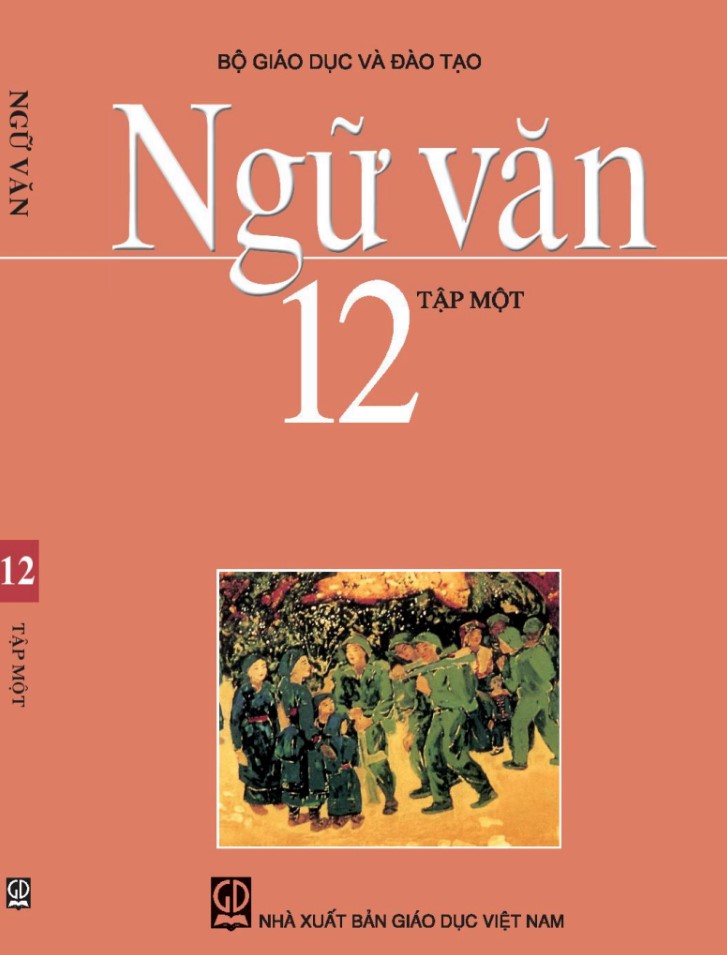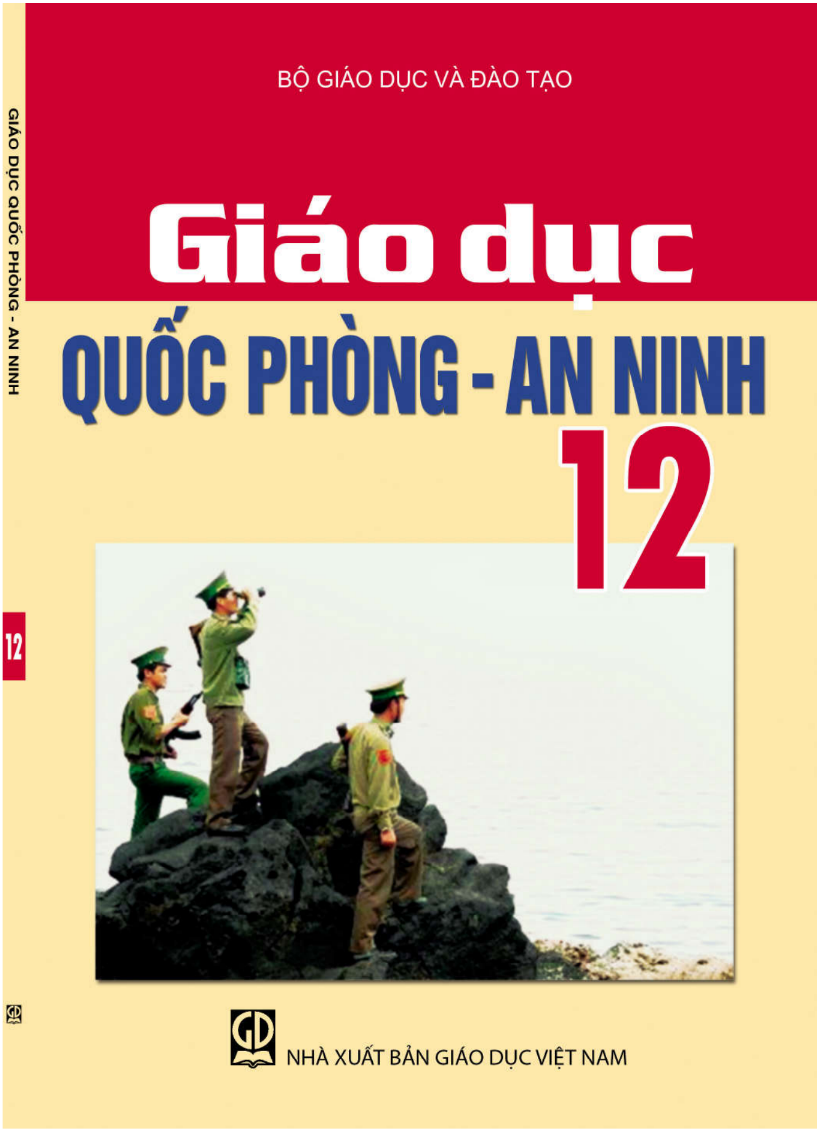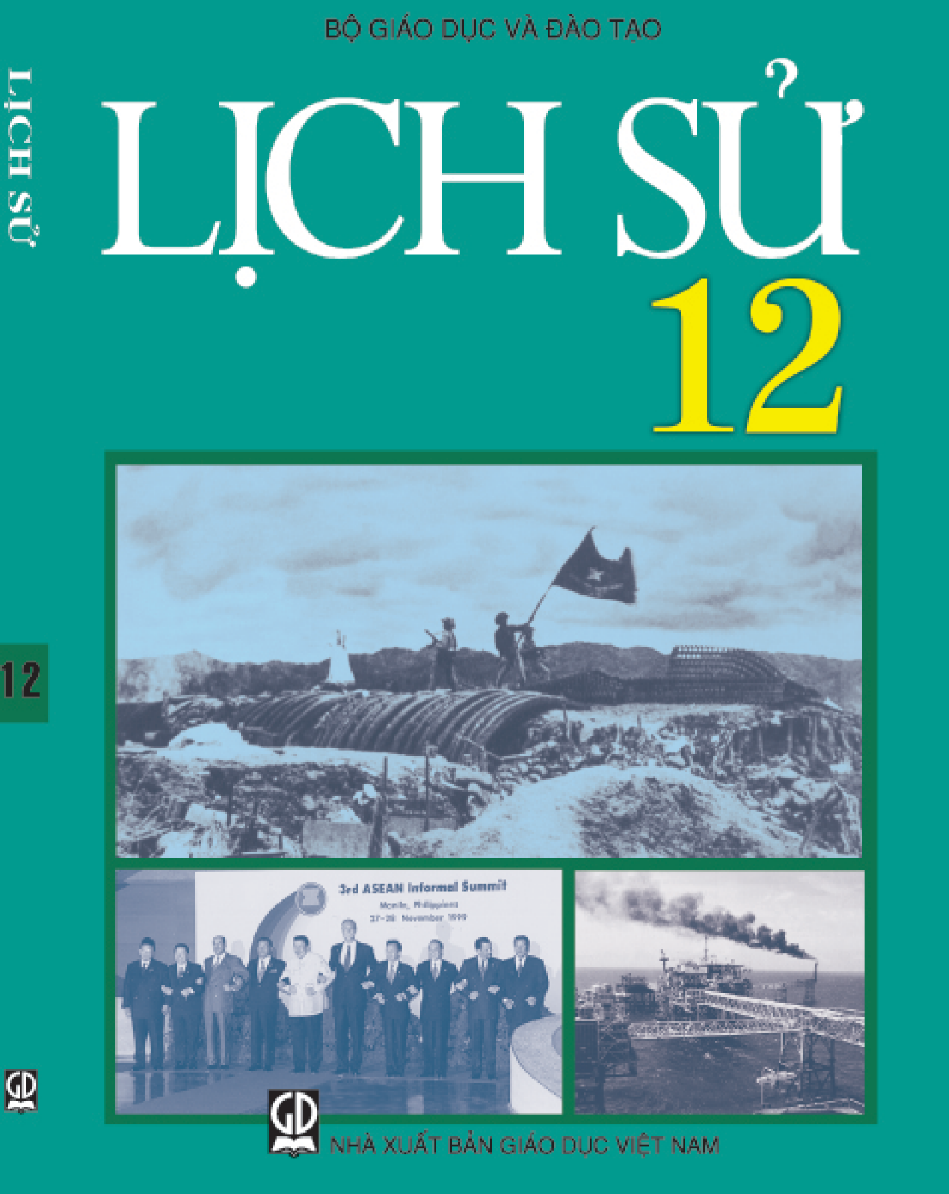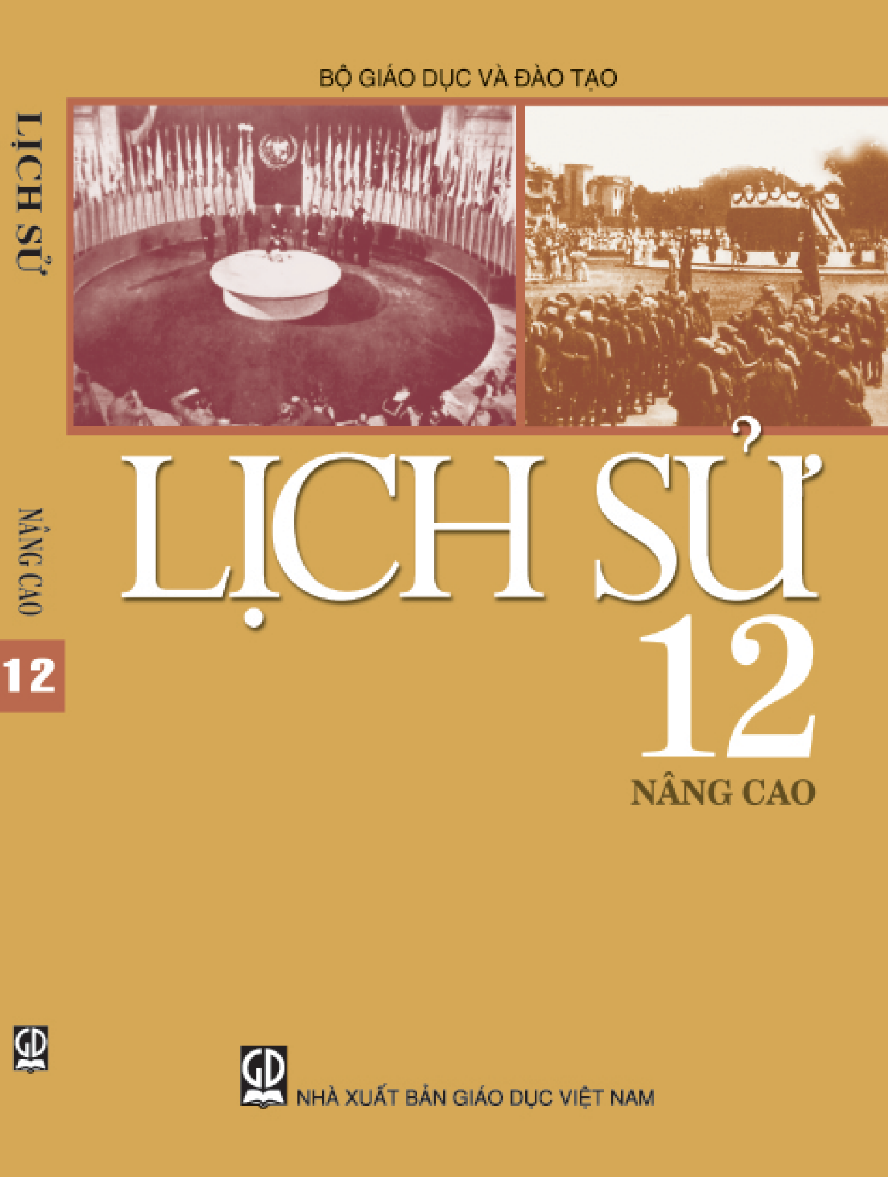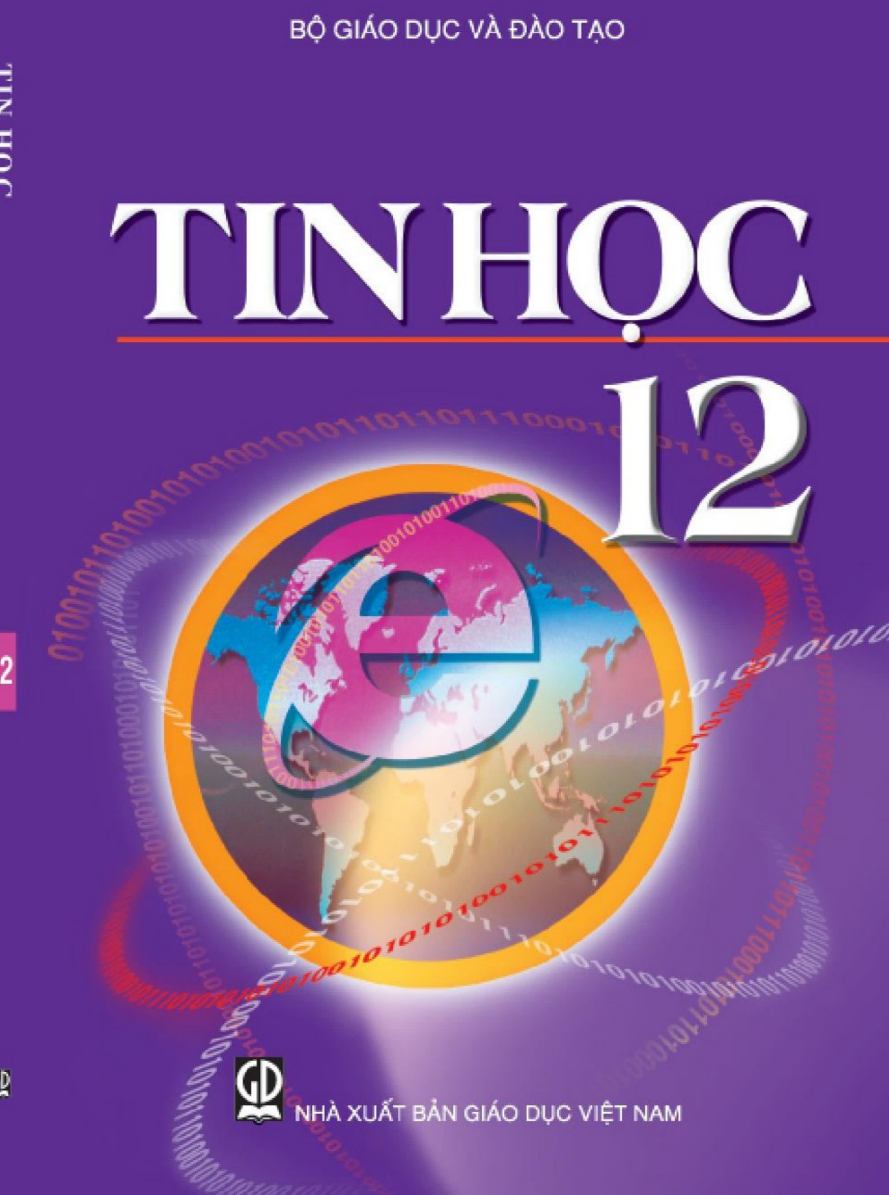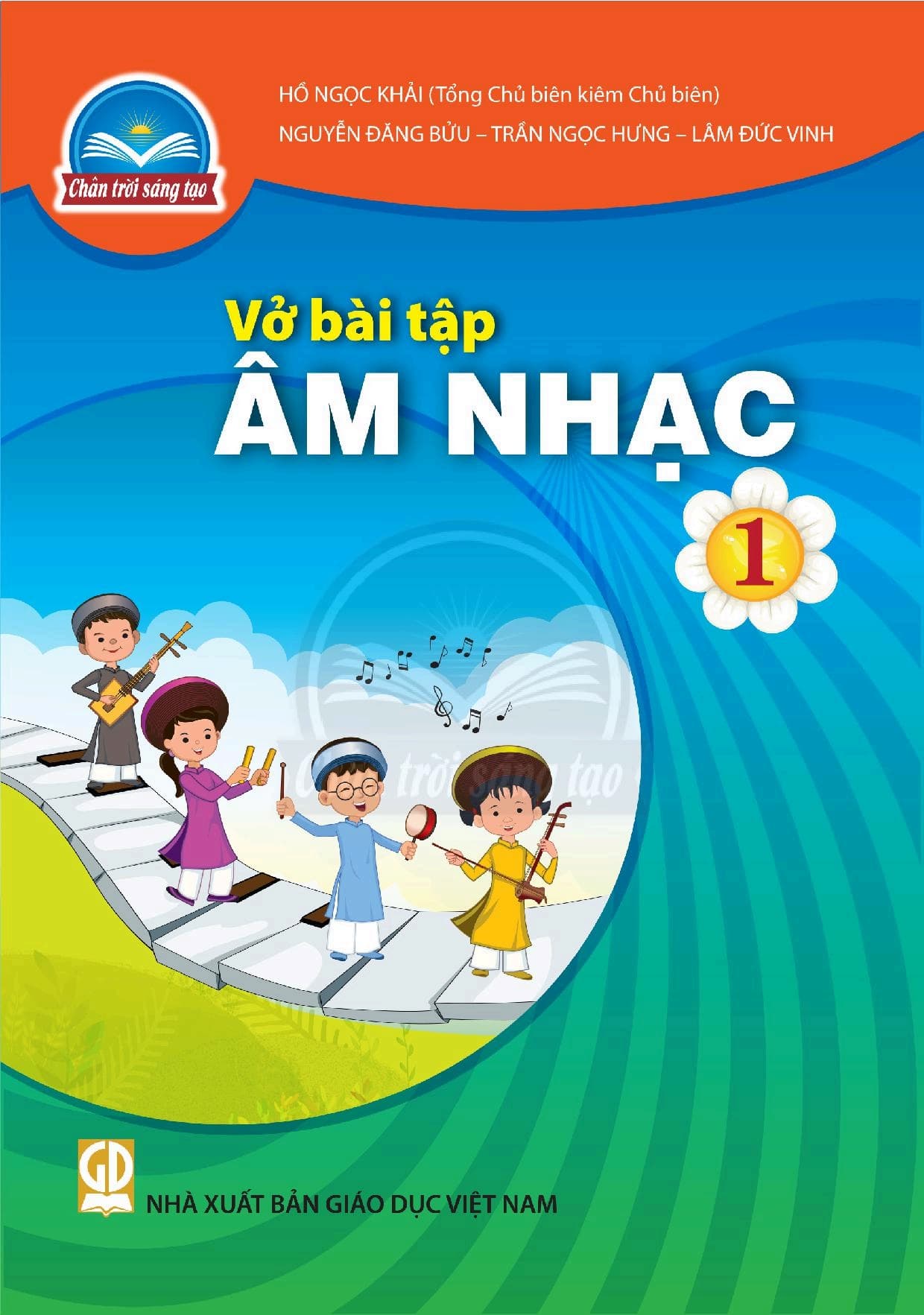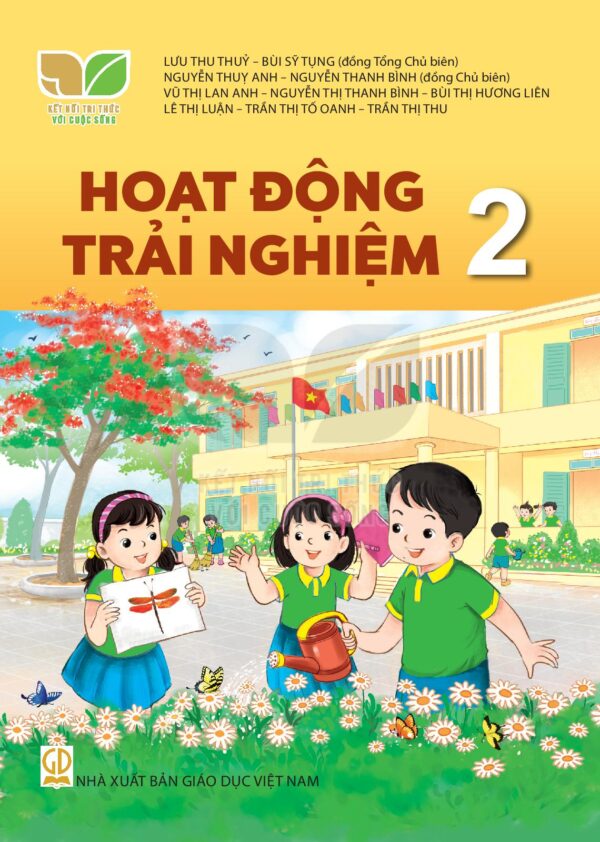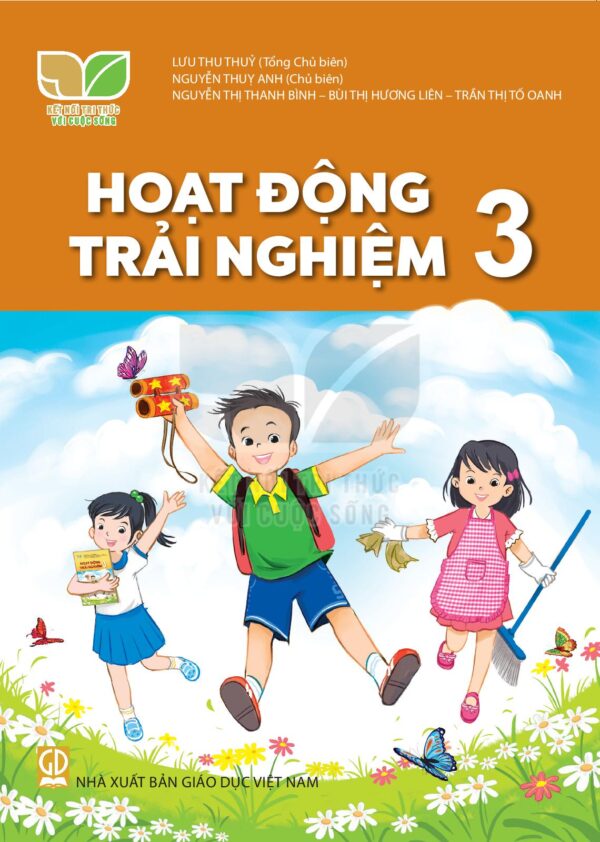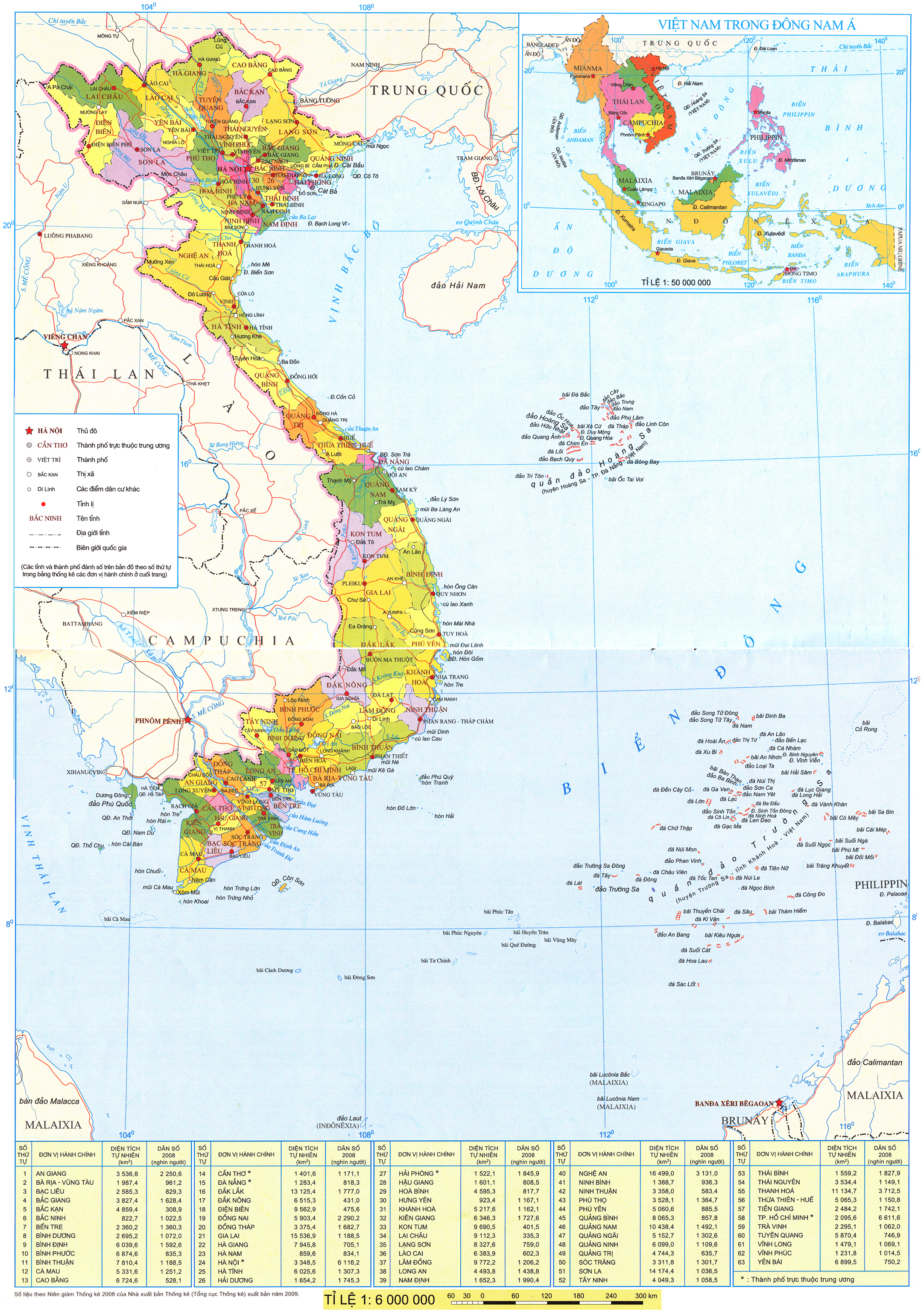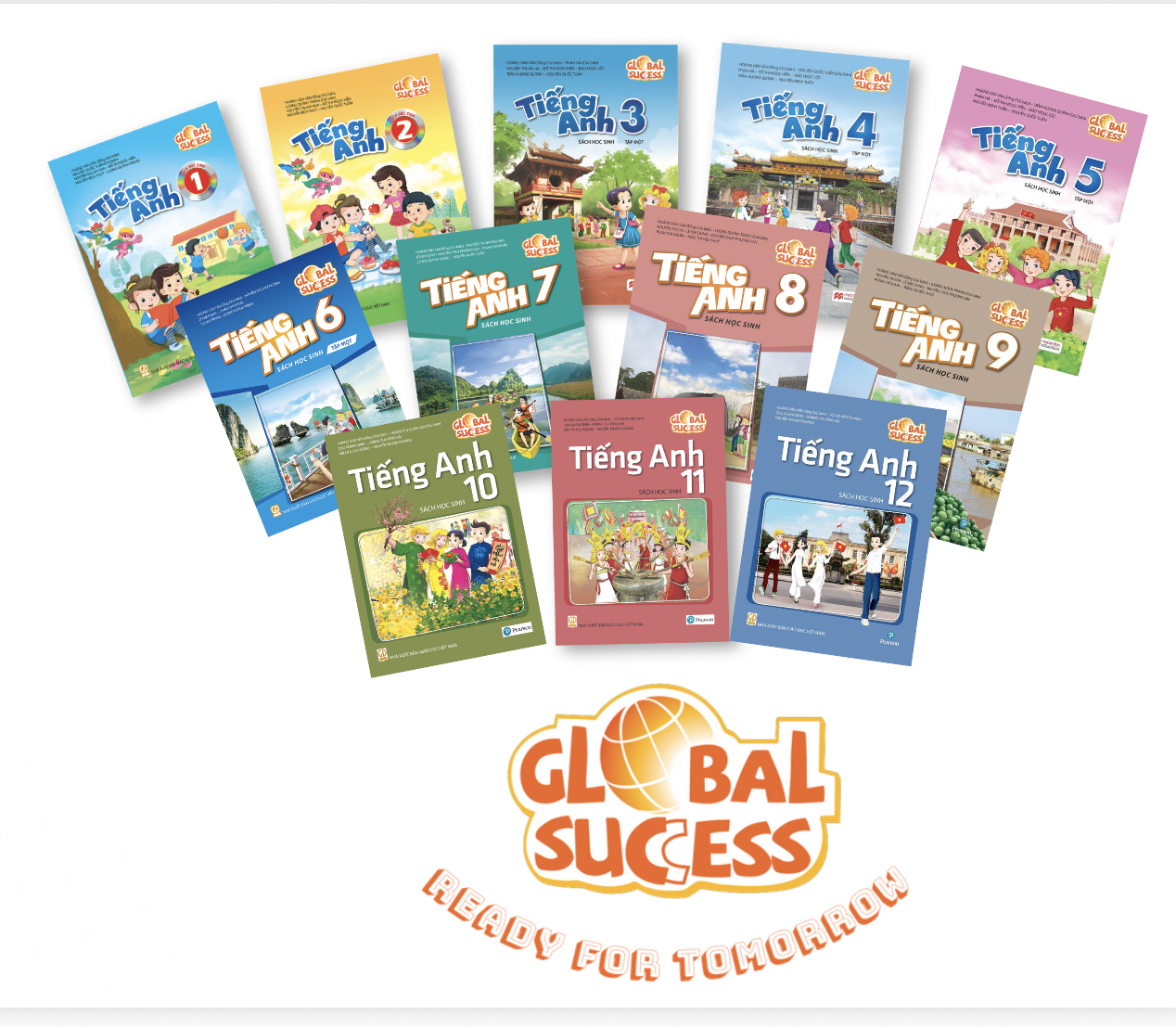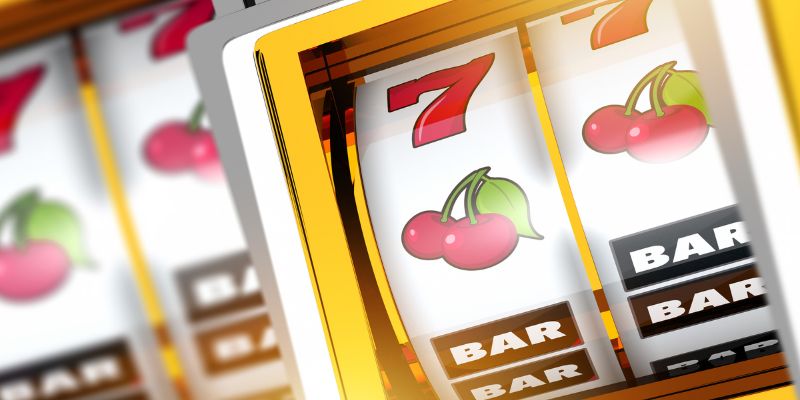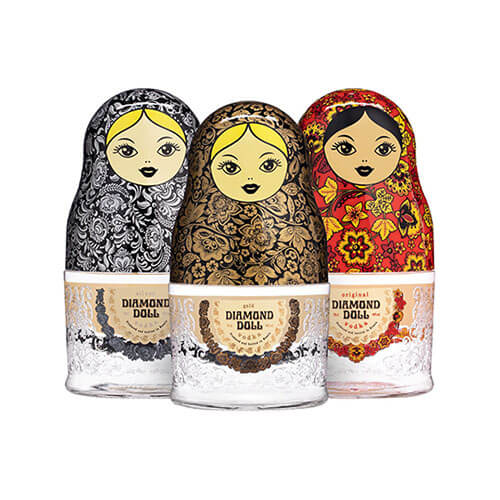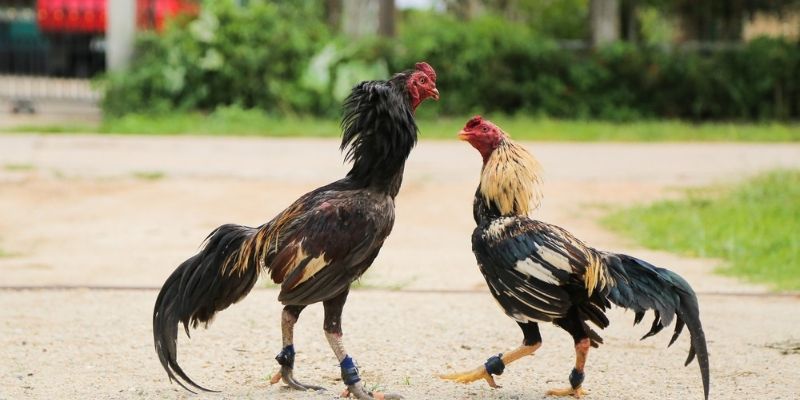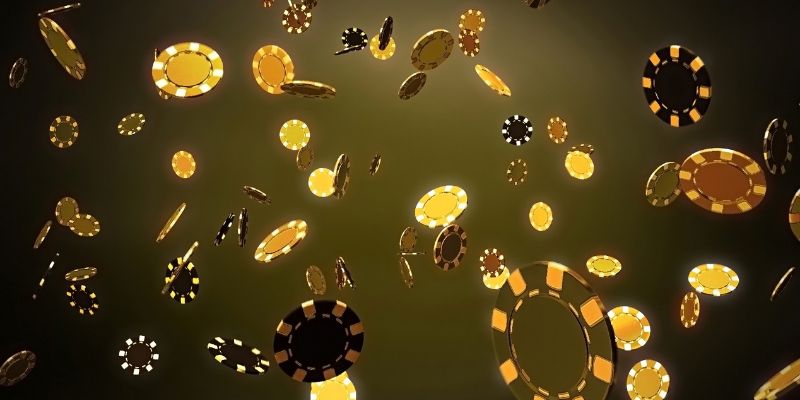(Page 40)
VII. COMMUNICATION AND CULTURE / CLIL
Everyday English Making predictions
1. Listen and complete the conversation with the expressions in the box. Then practise it in pairs. 🎧
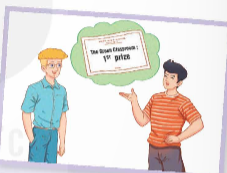
A. will have a difficult decision B. is going to impress
C. in the long run D. It's hard to predict
Mark: Tomorrow, we'll get the results of the Green Classroom Competition. Do you think we will win?
Nam: (1) _____ who'll win. Other classes also have very interesting projects.
also have very interesting
Mark: I agree. The Cycling-to-school programme proposed by Class 12C (2) _____ the judges. Cycling to school will also lead to healthier lifestyles (3) _____.
Nam: True. There're so many great ideas. The judges (1) _____ to make.
2. Work in pairs. Use the model in 1 to make similar conversations for these situations. One of you is A, the other is B. Use the expressions below to help you.
1. A wonders whether the Youth Union will accept their group proposal to install automatic lights and sensor taps in the school. B, a member of the same group, makes predictions about the decision.
2. B asks A about the Green Day event at their school next week (e.g. the number of people attending, the activity people will like the most, the impact of the event). A makes predictions.
| Useful expressions |
| Making predictions |
| • I guess/think/expect... • It's likely/unlikely that... • (very certain)... is going to... • It's hard to predict/say... • (quite certain)... will.... • in the long/short/medium term • (not certain)... may/might.... • in the long run |
(Page 41)
CLIL
1. Read the following text. What are the environmental problems of each tradition as mentioned in the text? Put a tick (✔) where relevant.
HOW GREEN ARE OUR FESTIVAL TRADITIONS?
Festivals come with many traditions that bring happiness and joy. However, some of these customs may not be environmentally friendly, and may need to be changed for a sustainable future. Below are three of them.
1. Balloons and sky lanterns
In countries such as China, India, and Japan, releasing balloons or sky lanterns provides a spectacular sight. They are also flown for bringing good luck and sending wishes to the sky. However, the litter left behind the balloons and lanterns is hard to decompose. The frames of the lanterns can harm wild animals, and many animals mistake the balloons for food. Lanterns also caused wildfires in the past.
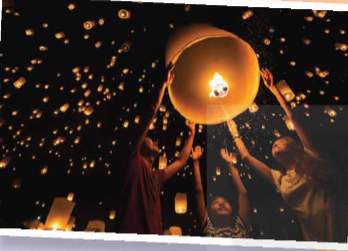
2. Fireworks
In Australia, the US, and many other countries, there are fascinating firework displays that people won't want to miss. However, fireworks actually release a lot of harmful chemicals into the air. Like sky lanterns, they can also cause fires.
in also cause
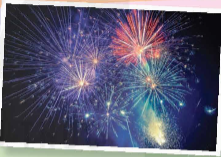
3. Christmas trees
Real or fake Christmas trees are often displayed in almost every house, office, and shop during the festive season. When Christmas is over and the real trees go to landfills, they produce methane and carbon dioxide, which are two harmful greenhouse gases. Fake trees can be reused for many years, but during their production, harmful pollutants are released into the air. And when they end up in landfills, they will take hundreds of years to decompose.

| Polluting the air | Causing fires | Harming animals | Ending up in landfills | |
| Balloons and sky lanterns | ||||
| Fireworks | ||||
| Christmas trees |
2. Work in pairs. Suggest some green solutions to replace one of the traditions.
